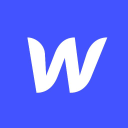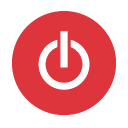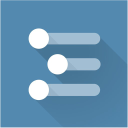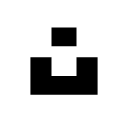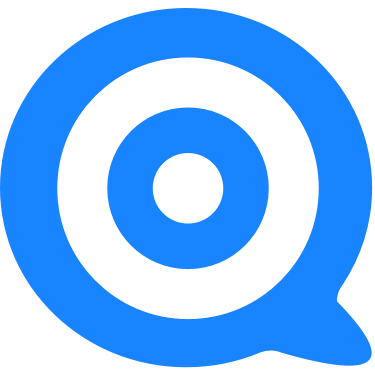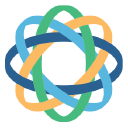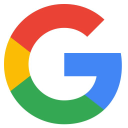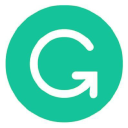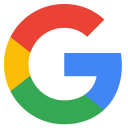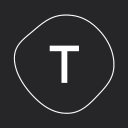How I Run A Solo $6K/Month Design Business In The Craft Beer Industry
Hello! Who are you and what business did you start?
My name is Mike Shaefer and I'm the founder of LabelGurus: a label & packaging design service for emerging and established CPG beverage brands.
I’ve been running LabelGurus solo since I launched at the end of 2019. My current monthly revenue for LabelGurus as of this article is averaging around $6,000/mo from new and recurring clients.
I spend a total of about $260/mo on operating expenses which include subscriptions for various design tools, web hosting, and internet service.

What's your backstory and how did you come up with the idea?
I’ve been a freelance graphic and web designer since I was about 15 years old. Before starting LabelGurus though, I was working as a head brewer and production manager at a brewery in Oakland, CA. We ran a lean operation...

Download the report and join our email newsletter packed with business ideas and money-making opportunities, backed by real-life case studies.

Download the report and join our email newsletter packed with business ideas and money-making opportunities, backed by real-life case studies.

Download the report and join our email newsletter packed with business ideas and money-making opportunities, backed by real-life case studies.

Download the report and join our email newsletter packed with business ideas and money-making opportunities, backed by real-life case studies.

Download the report and join our email newsletter packed with business ideas and money-making opportunities, backed by real-life case studies.

Download the report and join our email newsletter packed with business ideas and money-making opportunities, backed by real-life case studies.

Download the report and join our email newsletter packed with business ideas and money-making opportunities, backed by real-life case studies.

Download the report and join our email newsletter packed with business ideas and money-making opportunities, backed by real-life case studies.

